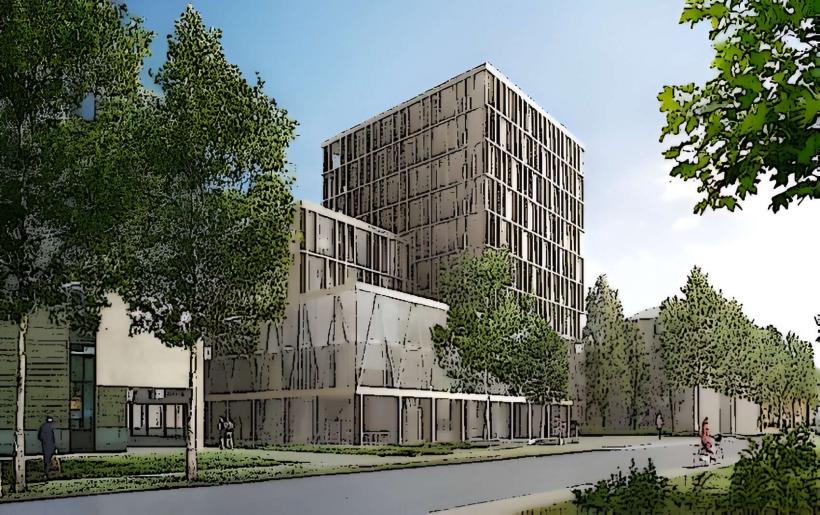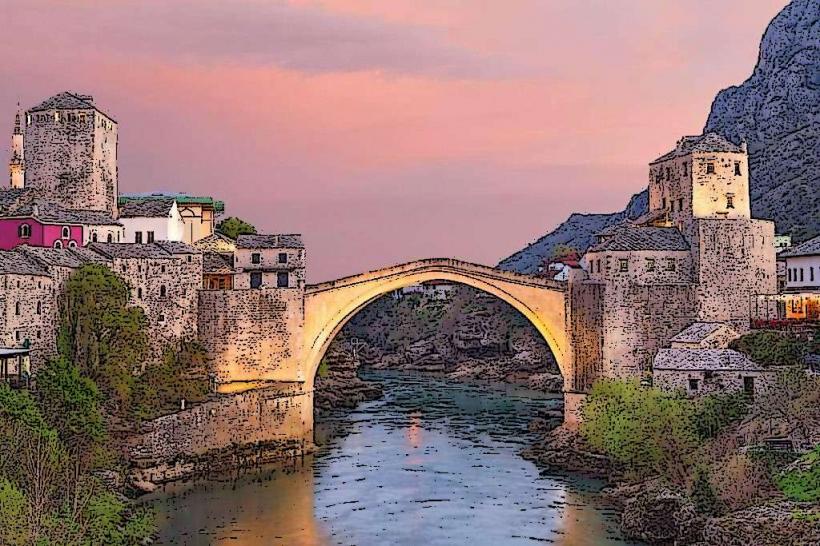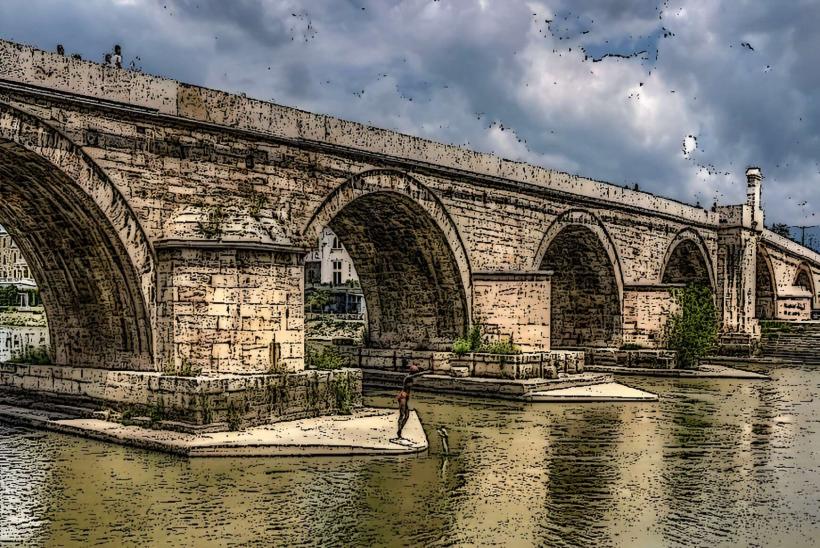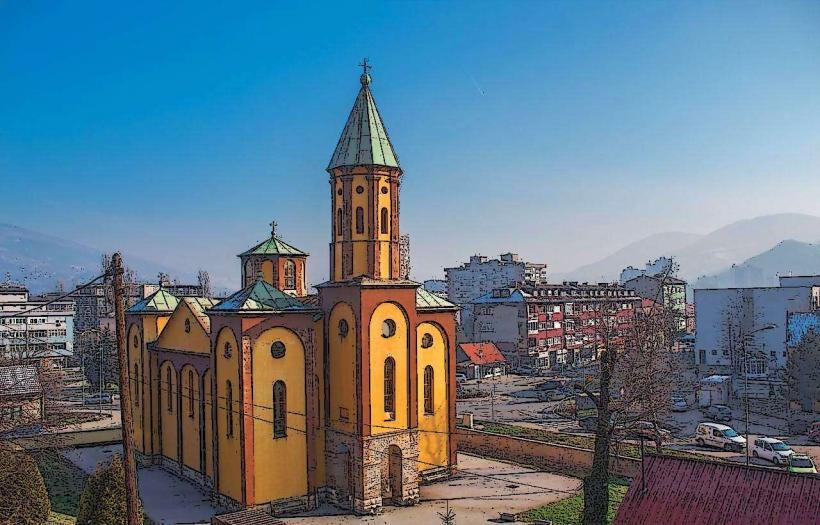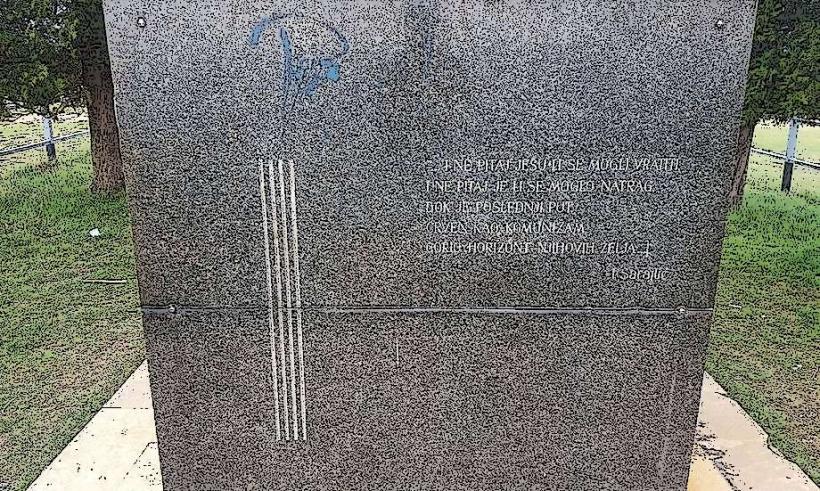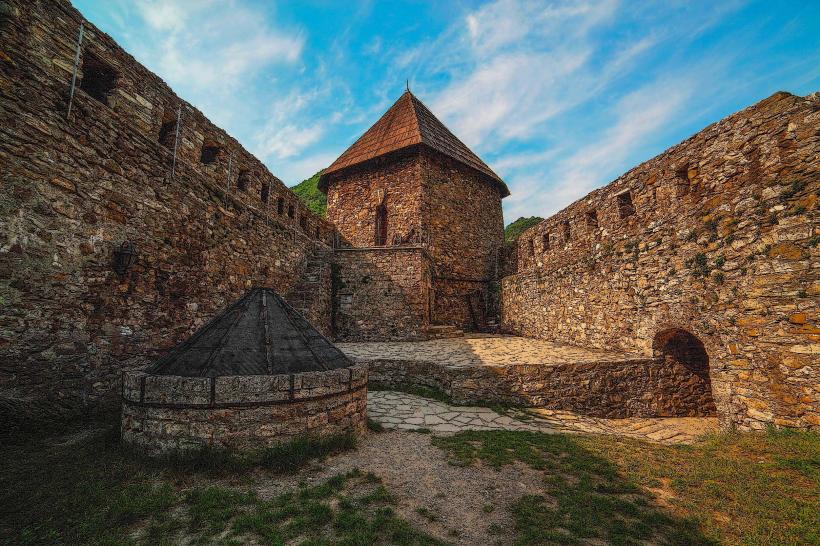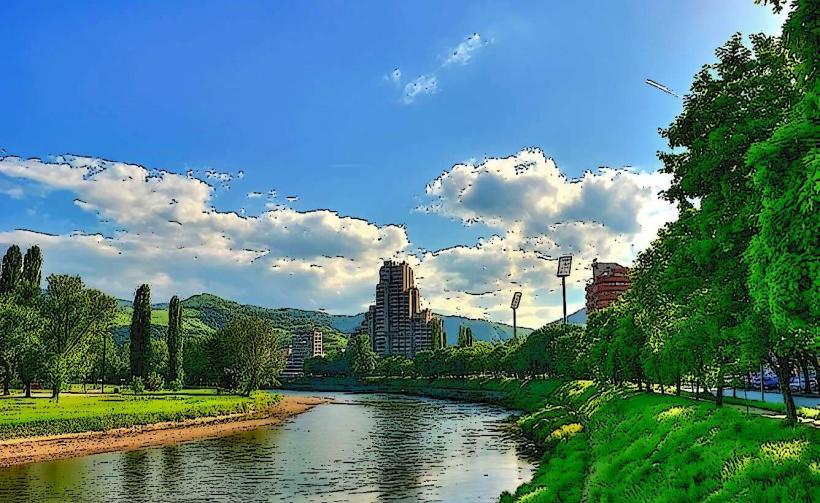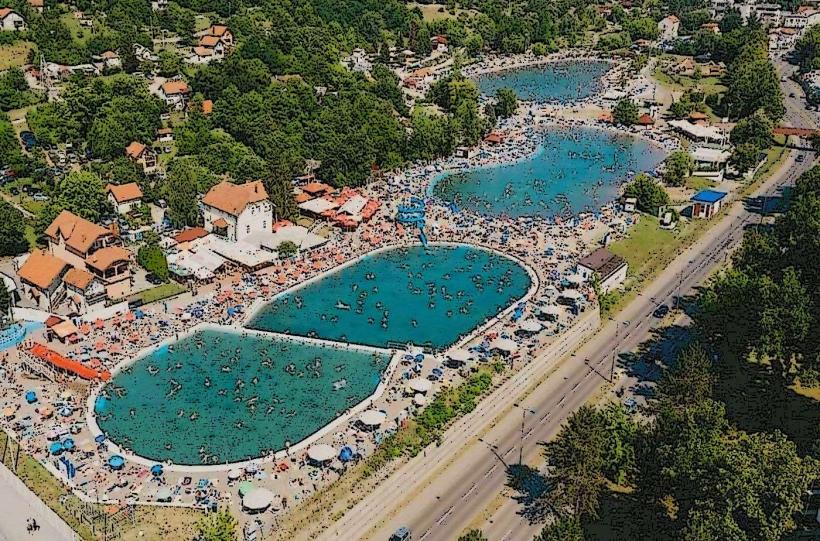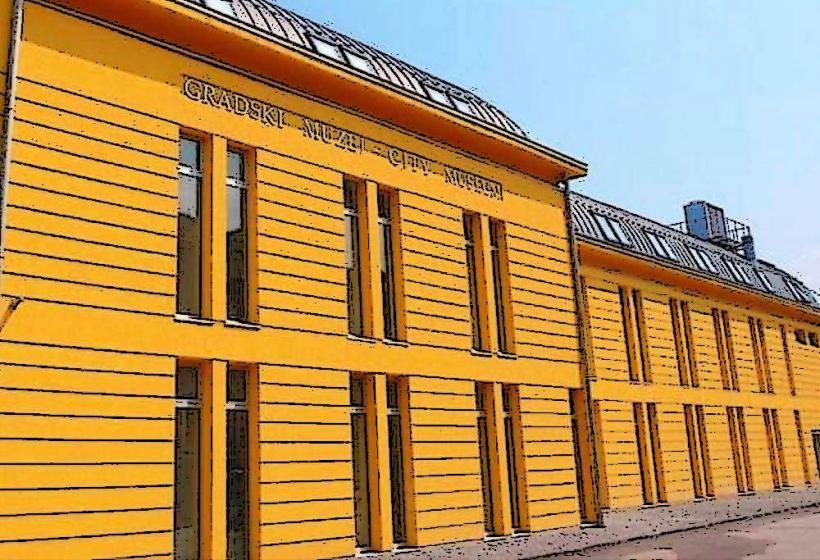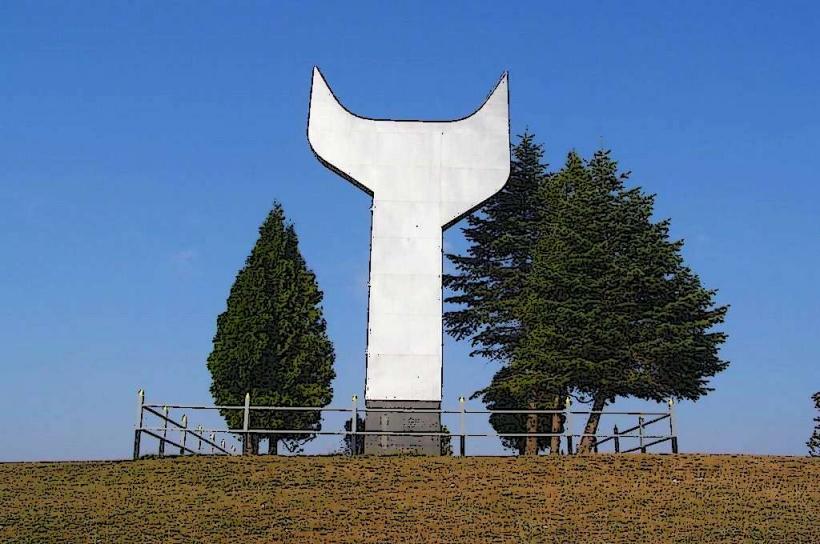Information
Landmark: Gradska Džamija (City Mosque)City: Zenica
Country: Bosnia and Herzegovina
Continent: Europe
The Gradska Džamija (City Mosque) is an important religious and historical landmark located in Zenica, Bosnia and Herzegovina. It is one of the most significant and well-known mosques in the city, playing a central role in the religious, cultural, and social life of the local Muslim community.
Overview of Gradska Džamija (City Mosque)
Location:
- The City Mosque is situated in the city center of Zenica, near the main urban area, making it easily accessible to residents and visitors. The mosque stands as a focal point of religious and cultural activity within the city.
Historical Background:
- The mosque was originally built in the 16th century during the Ottoman Empire period, as part of the region’s broader Ottoman architectural influence. Like many mosques in the Balkans, it represents the integration of Ottoman religious architecture into the cultural fabric of the area.
- The City Mosque has undergone several reconstructions and restorations over the years due to natural disasters, wars, and the passage of time. Despite these changes, it retains its historical significance as one of the oldest and most important religious buildings in Zenica.
Architectural Features
Ottoman-Inspired Architecture:
- The Gradska Džamija showcases classic Ottoman-style architecture, characterized by a large central dome, minaret, and arched windows. The design is typical of 16th-century Islamic architecture.
- The mosque’s minaret stands tall, serving as a prominent feature of the Zenica skyline and a symbol of the city’s Islamic heritage.
Interior Design:
- Inside, the mosque features beautiful calligraphy, Islamic motifs, and decorative tile work, which are common in Ottoman-era mosques. The mihrab (prayer niche) and minbar (pulpit) are meticulously crafted, reflecting the high quality of craftsmanship from the period.
- The prayer hall is spacious and airy, with high ceilings that provide a sense of openness, a characteristic of Ottoman mosque design.
Courtyard and Fountain:
- The mosque includes a traditional courtyard with a fountain (known as a šadrvan), where worshippers can perform ablutions (wudu) before entering the mosque for prayers.
- The fountain is not only a functional part of the mosque but also adds to the aesthetic appeal, surrounded by trees and greenery, providing a peaceful atmosphere for reflection and contemplation.
Religious and Cultural Role
Place of Worship:
- As with all mosques, the Gradska Džamija serves primarily as a place of worship for the local Muslim community in Zenica. It holds daily prayers, including the Friday Jummah prayer, which is a central event for the community.
Cultural Events and Social Gathering:
- The mosque is also a hub for cultural events, educational programs, and community gatherings. It hosts religious lectures, celebrations of Islamic holidays like Eid al-Fitr and Eid al-Adha, and other important religious ceremonies.
- The mosque plays an important role in fostering social cohesion and community spirit, often organizing events that involve the wider Zenica population.
Religious Education:
- Like many mosques in Bosnia and Herzegovina, Gradska Džamija offers Islamic education for children and adults alike. These educational programs include Quranic studies, Islamic history, and Arabic language classes. The mosque is a place where people come not only to worship but also to learn about their faith.
Restoration and Preservation
- Throughout its history, the Gradska Džamija has undergone several reconstructions and renovations, especially after the Bosnian War (1992-1995), during which many cultural and religious sites were damaged or destroyed.
- In the post-war period, efforts were made to restore the mosque to its original form, ensuring that the architectural and cultural heritage of the site would be preserved for future generations.
- The restoration was carefully done to maintain the historical authenticity of the mosque while updating certain aspects to ensure it remains functional for modern worship.
Visiting Gradska Džamija
Opening Hours:
- The mosque is generally open for daily prayers and visitors are welcome to join the worshippers for prayer. It is advised to check the schedule for special events or ceremonies, especially during the holy month of Ramadan or Eid.
Admission:
- While the mosque is primarily a place of worship, visitors are welcome to tour the mosque and its surroundings, provided they respect local customs and traditions. Visitors are usually asked to dress modestly when entering the mosque.
Guided Tours:
- Some mosques, including Gradska Džamija, may offer guided tours for those interested in learning more about the mosque’s history, architecture, and role in the community.
Why Visit Gradska Džamija?
Historical Significance:
- The Gradska Džamija is a key part of Zenica’s Ottoman history and offers a glimpse into the religious and cultural evolution of the city. It represents a long-standing tradition of Islam in the region and serves as a reminder of the historical influence of the Ottoman Empire.
Architectural Beauty:
- The mosque is an excellent example of Ottoman religious architecture, with its elegant design and decorative features. Visitors can appreciate the intricate details, such as the calligraphy, arches, and the large central dome.
Cultural and Spiritual Experience:
- For those interested in Islamic culture, the mosque offers a peaceful and reflective space to experience the spiritual life of Zenica’s Muslim community. It provides visitors with the opportunity to witness Islamic rituals and community gatherings.
Peaceful Atmosphere:
- The mosque is known for its tranquil and serene environment, both inside and in the surrounding courtyard. It provides a peaceful space for contemplation and offers a quiet escape from the hustle and bustle of city life.
Conclusion
The Gradska Džamija (City Mosque) in Zenica is a vital religious, historical, and cultural landmark. With its rich Ottoman heritage, stunning architectural design, and active role in the community, it serves as an important symbol of the city’s Muslim identity. Whether you're interested in history, architecture, or spirituality, a visit to Gradska Džamija provides a meaningful and enriching experience.

